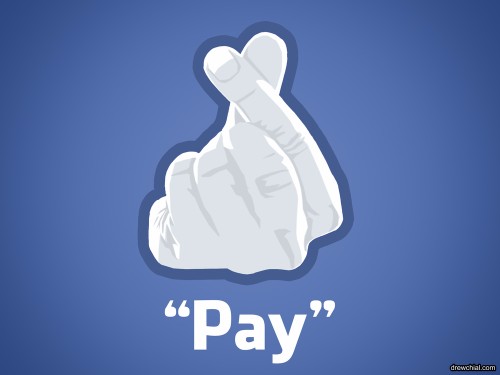Why "Bait and Switch" Does More Harm Than Good – Professional Opinion By The Expert Of Semalt, Natalia Khachaturyan

The Content Strategist of Semalt, Natalia Khachaturyan, says that the bait and switch marketing technique has been on for a long time and it worked years ago. But right now, it really is not worth it. Consumers are now twice as smart as they used to be and gimmicks like that are no longer as effective as they used to be.
How "Bait and Switch" works
Just to be clear, bait and switch is the act of deliberately advertising a product that is out of stock, and when an order is made, instead of fulfilling the order, you will try to sell a similar product that is often higher in cost. This implies that customers have been "baited" with a low priced product and when they are in the store, the retailer now tries to "switch" the product for another one with a higher price.
The idea is wrong and unethical, especially from the customer point of view. However, it may seem fine from a marketer. This is why it is called false advertising. Of course, a lot of small business owners engage in this unknowingly, while the others do it on purpose.
To avoid getting into trouble with this act of deception, some retailers usually put a disclaimer at the bottom of the ad that only a limited number of the product is available. That way, they are trying to keep their back covered and show they have only run out of the particular product after posting the ad and they are trying to offer what is available.

Another trick a marketer can use to get away with false advertising is to have the advertised product in stock but still try to make the switch first.
While there is nothing wrong with attracting or "baiting" customers, the real issue lies in switching what they advertised. Another similar technique to this is what can be called "bait and give." Here, a company asks for a customer's email address before selling the requested product. There is really nothing wrong with this technique since the product is not being switched. Taking email address is not wrong. As mentioned earlier, the only problem is switching.
Common bait and switch marketing accidents
Not all the companies that engage in bait and switch do this deliberately. Some of them were engaged in such practice mistakenly. Here are some of the common techniques they adopt:
- Attracting traffic to your product by using a competitor's name
This usually happens when you describe your product like it is your competitor's product. This will confuse customers to click the link thinking it is another product. For example, if the brand name of your laptops is Hughes Paul and you describe them as HP laptops, customers will mistake them for the famous Hewlett Packard laptops and click your link.
- Use of non-related or arbitrary keywords for SEO bait and switch
In the bid to rank high easily, some marketers make use of keywords that are irrelevant to their business just because there is little competition around the keywords. These marketers are just interested in exposure.
You have to understand that while you are ranking high as you desire, it will not turn into sales for you. Aren't you in business to make sales? Think of this, if you sell laptops and you use keywords related to printers for SEO, people who want to buy printers will definitely click your link and visit your web pages, but they won't make any order because you don't sell printers!!!
Do you realize that you are charged for every click on your ad online whether it turns to sale or not? This expensive technique is called black hat tactic in SEO term. With this technique, you are working towards "100% traffic & 0% sales".